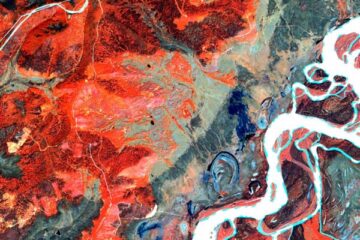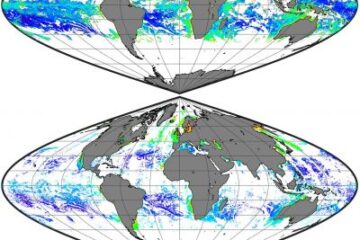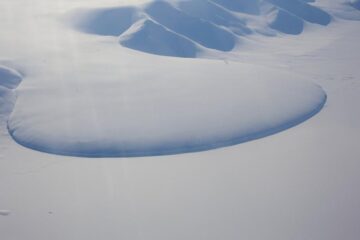Earth Sciences (also referred to as Geosciences), which deals with basic issues surrounding our planet, plays a vital role in the area of energy and raw materials supply.
Earth Sciences comprises subjects such as geology, geography, geological informatics, paleontology, mineralogy, petrography, crystallography, geophysics, geodesy, glaciology, cartography, photogrammetry, meteorology and seismology, early-warning systems, earthquake research and polar research.

Scientists regularly use remote sensing drones and satellites to record how climate change affects permafrost thaw rates — methods that work well in barren tundra landscapes where there’s nothing to…

Stevens uses machine learning-driven techniques to develop a long-awaited tool that better reveals the health of Earth’s oceans and the impacts of climate change. Researchers at Stevens Institute of Technology…

During glacial periods, the sea level falls, because vast quantities of water are stored in the massive inland glaciers. To date, however, computer models have been unable to reconcile sea-level…

A new study identifies nine specific large-scale weather patterns that influence extreme precipitation over the Mediterranean. Making use of this connection between localized extremes and large-scale weather variability can help…

Tübingen geoscientists show how biological soil crusts prevent soil from being washed away Every year, billions of tons of valuable soil are lost worldwide through erosion, much of it deposited…

Fractured rocks of impact craters have been suggested to be suitable environments for deep colonization of microbial communities. In a new study published in Communications Earth & Environment, a team…